Once-Cherished California Lake Reappears After Being Dried up for 130 Years
A California lake that hasn’t been fully seen for 130 years has suddenly reappeared. Tulare Lake has ample history associated with it. However, many modern-day Californians don’t realize how significant this lake once was.
Now that the lake has reappeared, both positive and negative aspects have come along with it. Some have cherished the lake, while others want it drained.
The History of Tulare Lake
For much of California’s history, the land had Tulare Lake. While there’s no telling when it actually formed, this natural lake was vitally important to ancient Native American tribes in the area.

Source: Public Domain/Wikimedia Commons
The lake was located in the San Joaquin Valley and was one of the largest freshwater bodies seen throughout the United States. Looking at this area today, you wouldn’t know it used to have a thriving, plentiful body of water.
The Importance of Tulare Lake
Back in the 19th century, the lake was quite important to many people living in California. As it was more than 100 miles long and about 30 miles wide, it could hold steamship travel.
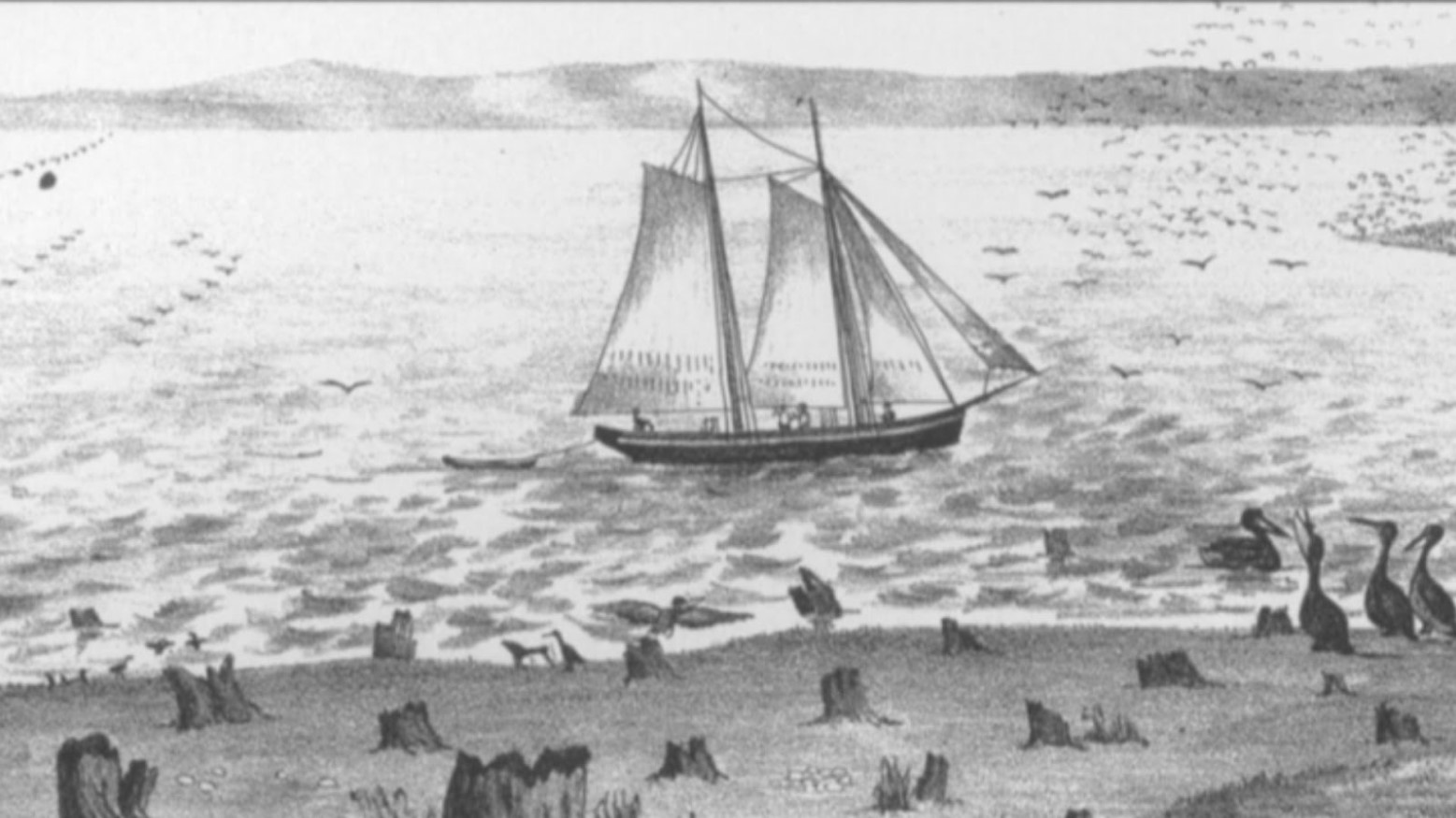
Source: Public Domain/Wikimedia Commons
This resulted in steamships being able to transport materials and goods from one town to another. For example, Northeastern University’s Vivian Underhill explained that the lake could carry “agricultural supplies from the Bakersfield area up to Fresno (at the heart of the San Joaquin Valley) and then up to San Francisco.”
Lake Towns
This long-distance travel meant a steamship could glide through Tulare Lake waters for more than 300 miles.
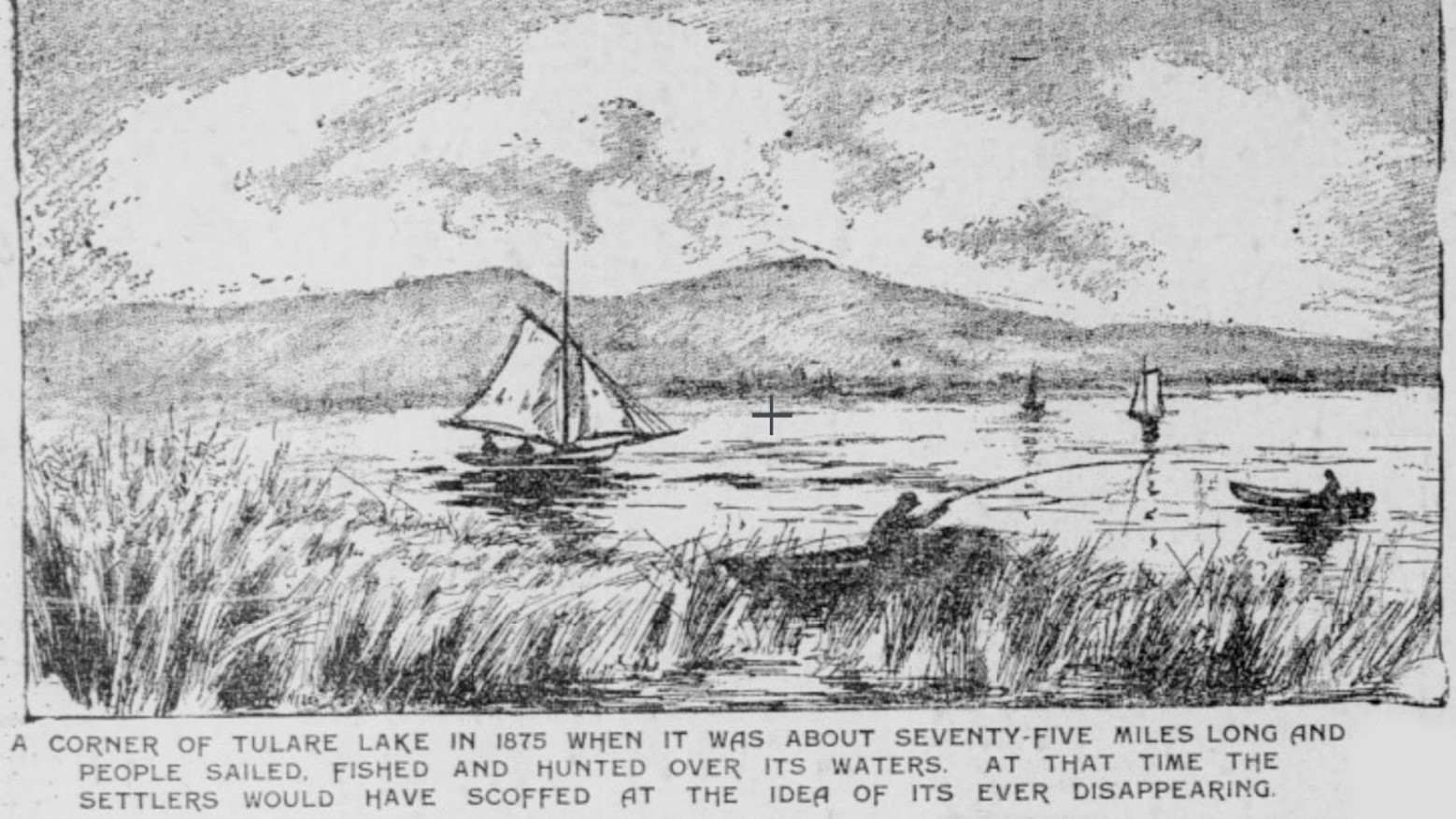
Source: Public Domain/Wikimedia Commons
During this time, this body of water resulted in towns like Fresno being a “lakeside town,” according to Underhill.
The Creation of Tulare Lake
Tulare Lake was likely created naturally thanks to things like tectonic plate movements and outlets carved by the land 600,000 years ago. For more than 10,000 years, people lived in the lake’s region.
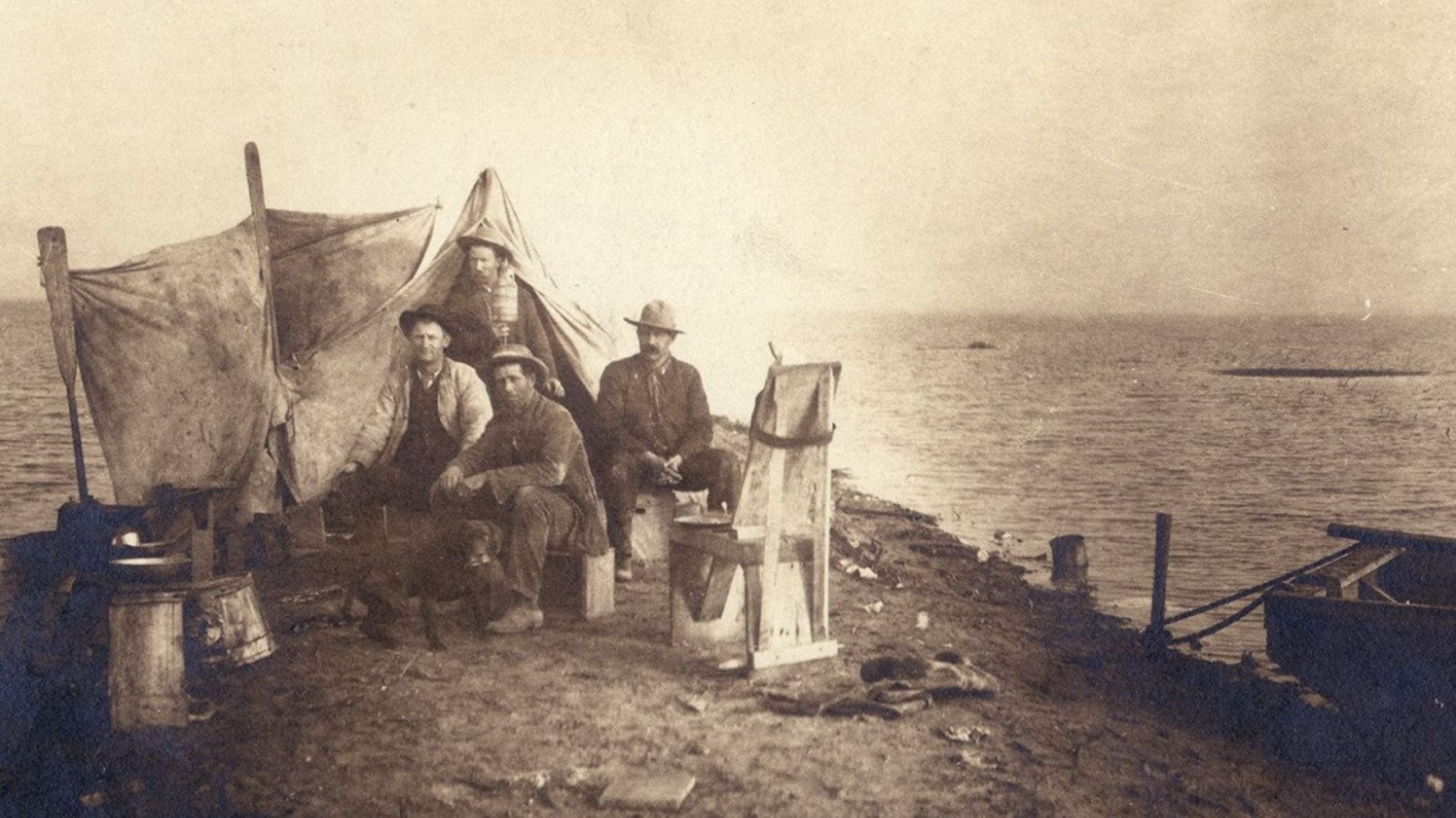
Source: Public Domain/Wikimedia Commons
Many native cultures seemed to have thrived thanks to this water. The lake was named “Pa’ashi” by the Tachi Yokut tribe, a group of native people who lived in the area when Europeans first made contact with the region centuries ago.
The Water of the Lake
Historically, Tulare Lake didn’t receive its water from rainfall, as this region of California doesn’t see a lot of rain.
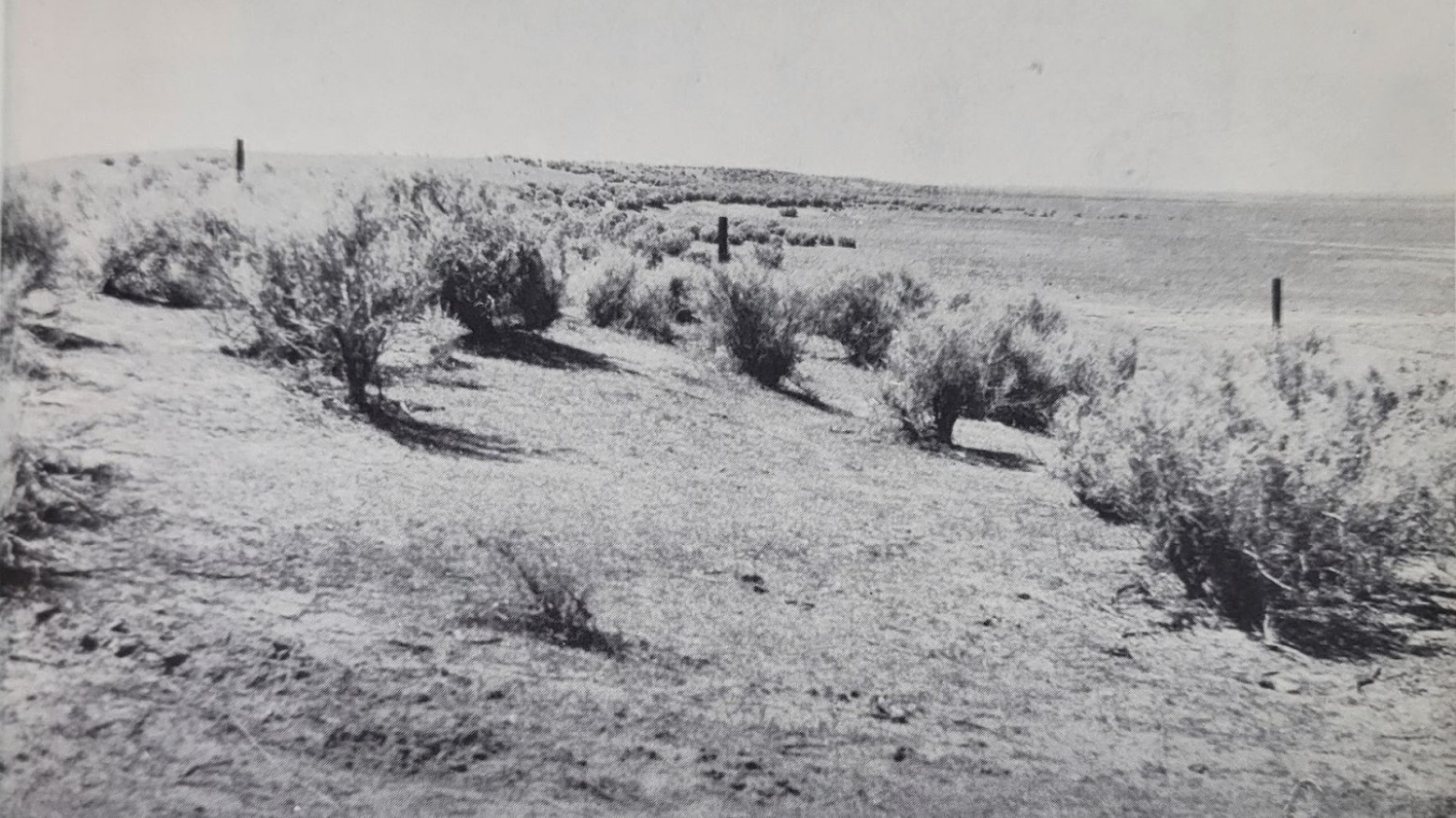
Source: Public Domain/Wikimedia Commons
Instead, the lake was often only fed by the snowmelt that would come off of the Sierra Nevada mountains. The lake’s connections with other lakes in the area also kept it full of water.
Tulare Lake’s Disappearance
In the 1850s and 1860s, Tulare Lake began to slowly disappear. By 1890, it was completely gone.

Source: Public Domain/Wikimedia Commons
This disappearance occurred when the land in the region was given to private owners. These new owners decided to drain the land, or irrigate some of the desert lands, so that they could create profitable farmland.
A Change In the Land
This shift in ownership of the land went from Native American hands to settler hands during this time, which is called “reclamation”. Underhill called this process a “deeply settler colonial project.”

Source: Public Domain/Wikimedia Commons
According to Underhill, people who could drain the region would “be granted ownership of parts of that land. So there was a big incentive for white settlers to start doing that work.”
Tulare Lake’s Return
Remarkably, the lake managed to return in 2023 after more than one hundred years of disappearance. This occurred because California received a lot of snow in the winter, and then a lot of rain in the spring.
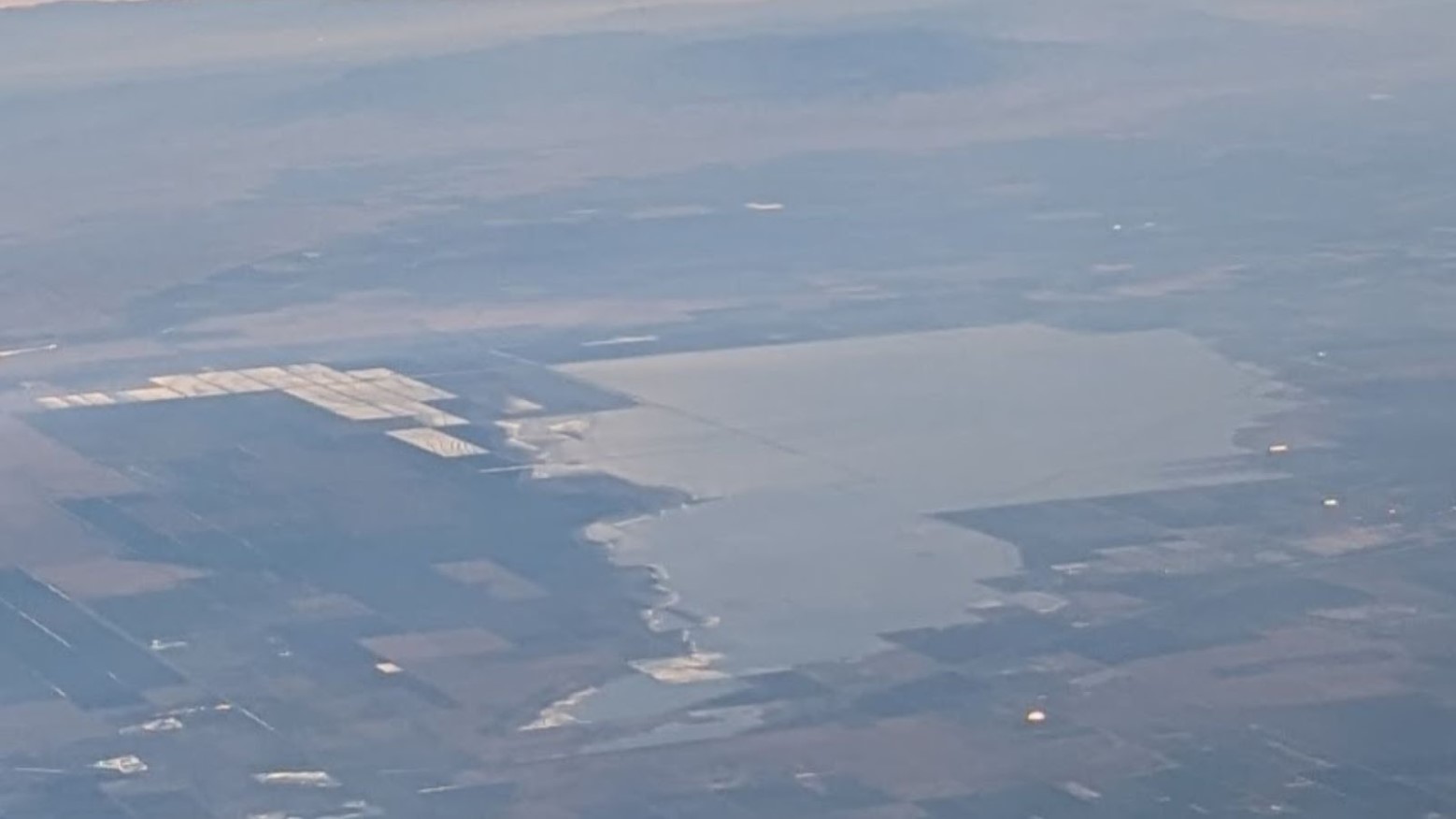
Source: Mark Yasuda/Wikimedia Commons
This allowed a lot of water to collect in the basin where Tulare Lake used to be. Now, the lake has once again reemerged.
Other Returns
Though the lake hasn’t been seen in a massive magnitude in more than a hundred years, remnants of it have returned during years of heavy rainfall.

Source: NASA Terra Mission/Wikimedia Commons
Therefore, Tulare Lake was also seen in the 1930s, 1960s, and 1980s. In the near future, locals may see the lake reappear time and time again thanks to climate change.
A Positive Reemergence
Tulare Lake’s reemergence has been positive in many aspects. First of all, many wildlife has returned to the area, especially birds. Burrowing owls, a vulnerable species, have even been seen in the region.
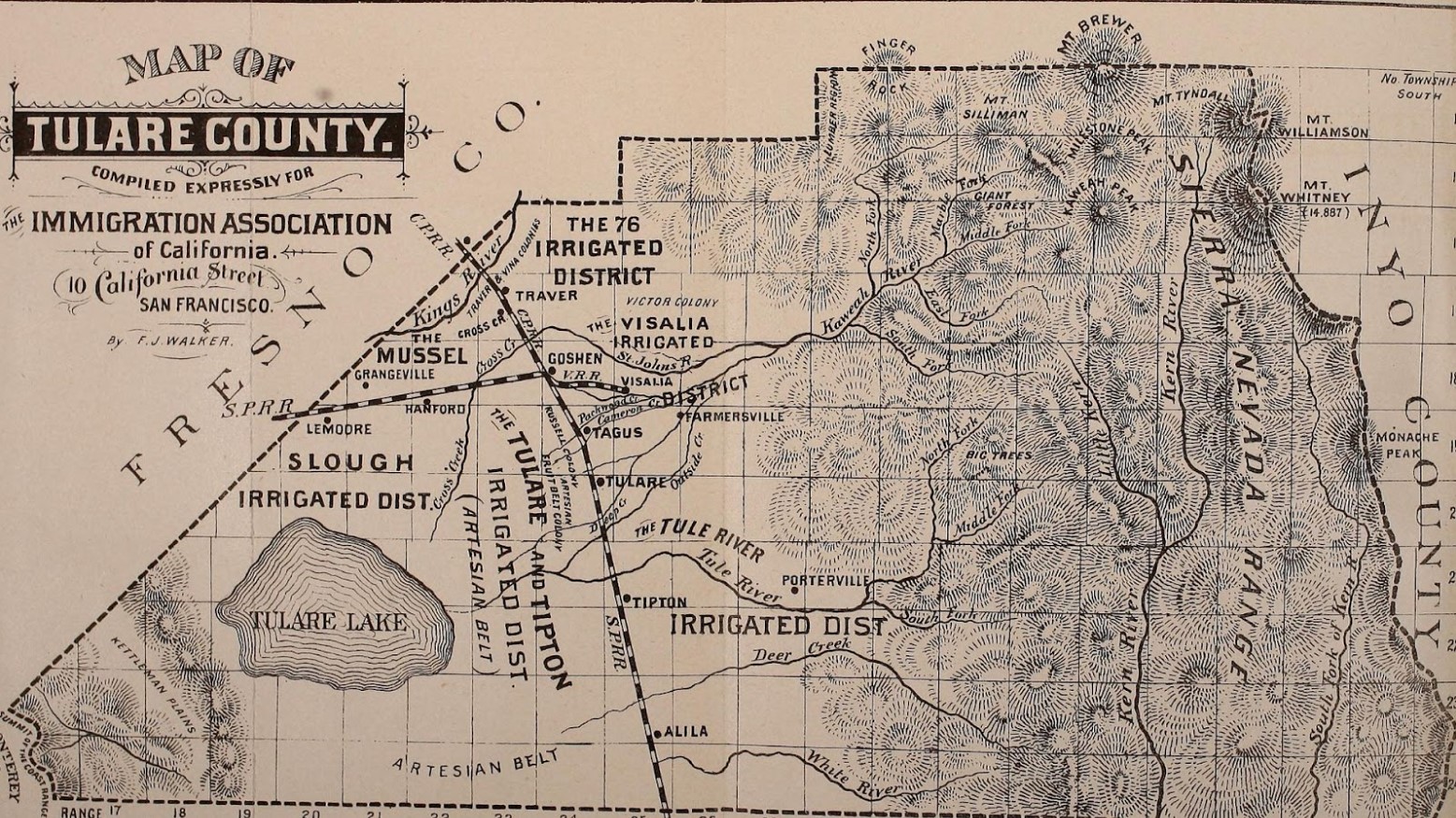
Source: Public Domain/Wikimedia Commons
The Tachi Yokuts have also claimed that the water’s return has been a “powerful and spiritual experience.” This reemergence has allowed them to hold ceremonies by the water, as their ancestors once did.
A Negative Development
For others, the water’s return has been nothing short of negative. For some, it’s been absolutely devastating, as they’ve lost their home and lands to the lake’s reappearance, thanks to flooding.

Source: Public Domain/Wikimedia Commons
This has even left some in the area to fight to drain the lake again. However, Tulare Lake has already seemed to lose much of its water. According to the Kings County Office of Emergency Services, Tulare Lake now encompasses only 2,625 acres. It will likely disappear soon once again.
A Global Phenomenon
Throughout history, various lakes worldwide have experienced disappearance and reappearance like Tulare Lake, impacting ecosystems and communities.
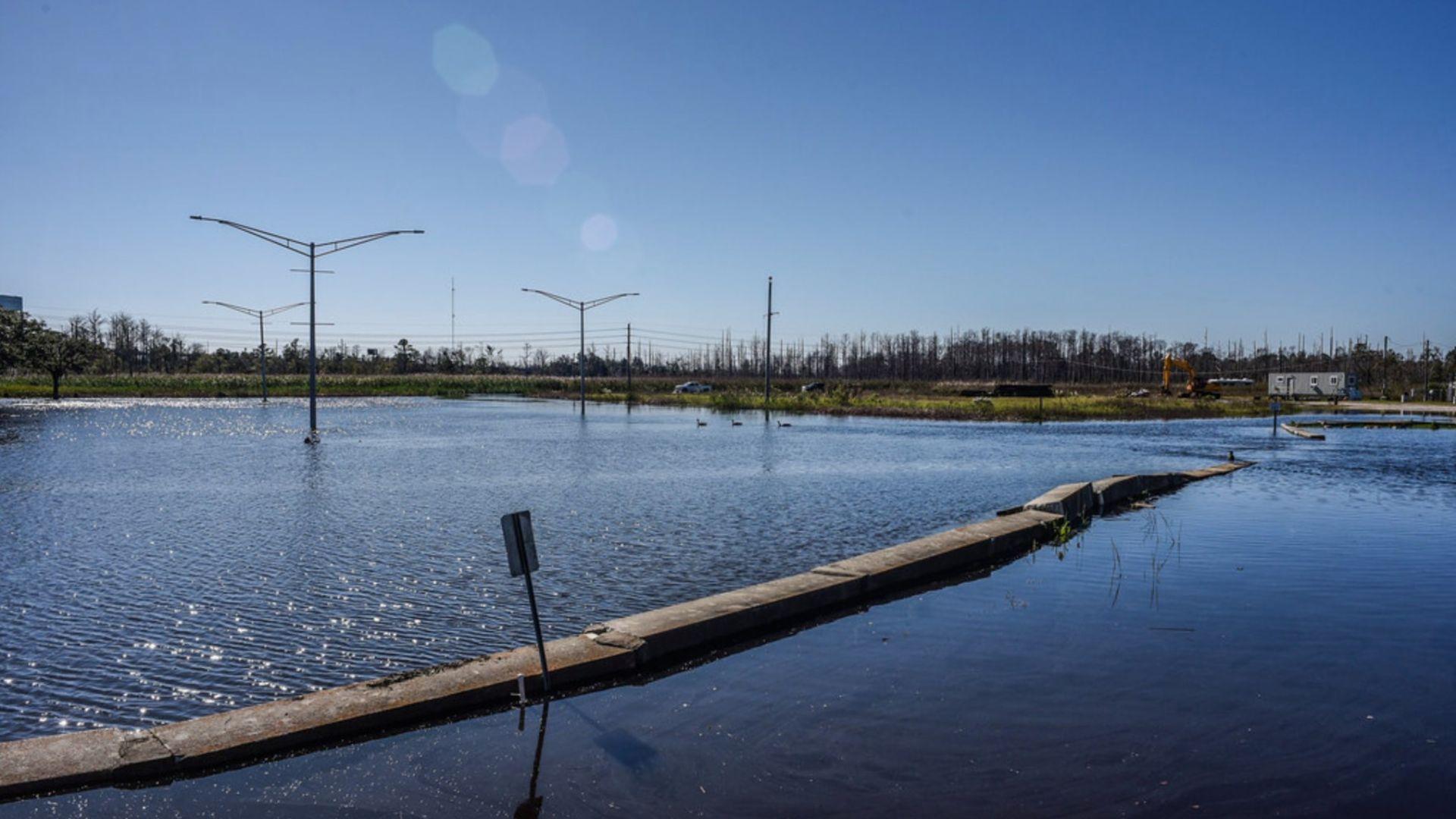
Source: Eagle Island Nature Park/Facebook
These scenarios are often influenced by human activities, such as land use changes and climate change, as well as natural processes like tectonic shifts and hydrological cycles.
Aral Sea, Central Asia
Once the fourth-largest lake in the world, the Aral Sea has drastically shrunk due to diversion of its tributary rivers for irrigation purposes. This environmental disaster has led to ecological collapse, loss of livelihoods for local communities, and adverse health effects from exposed seabed pollutants.
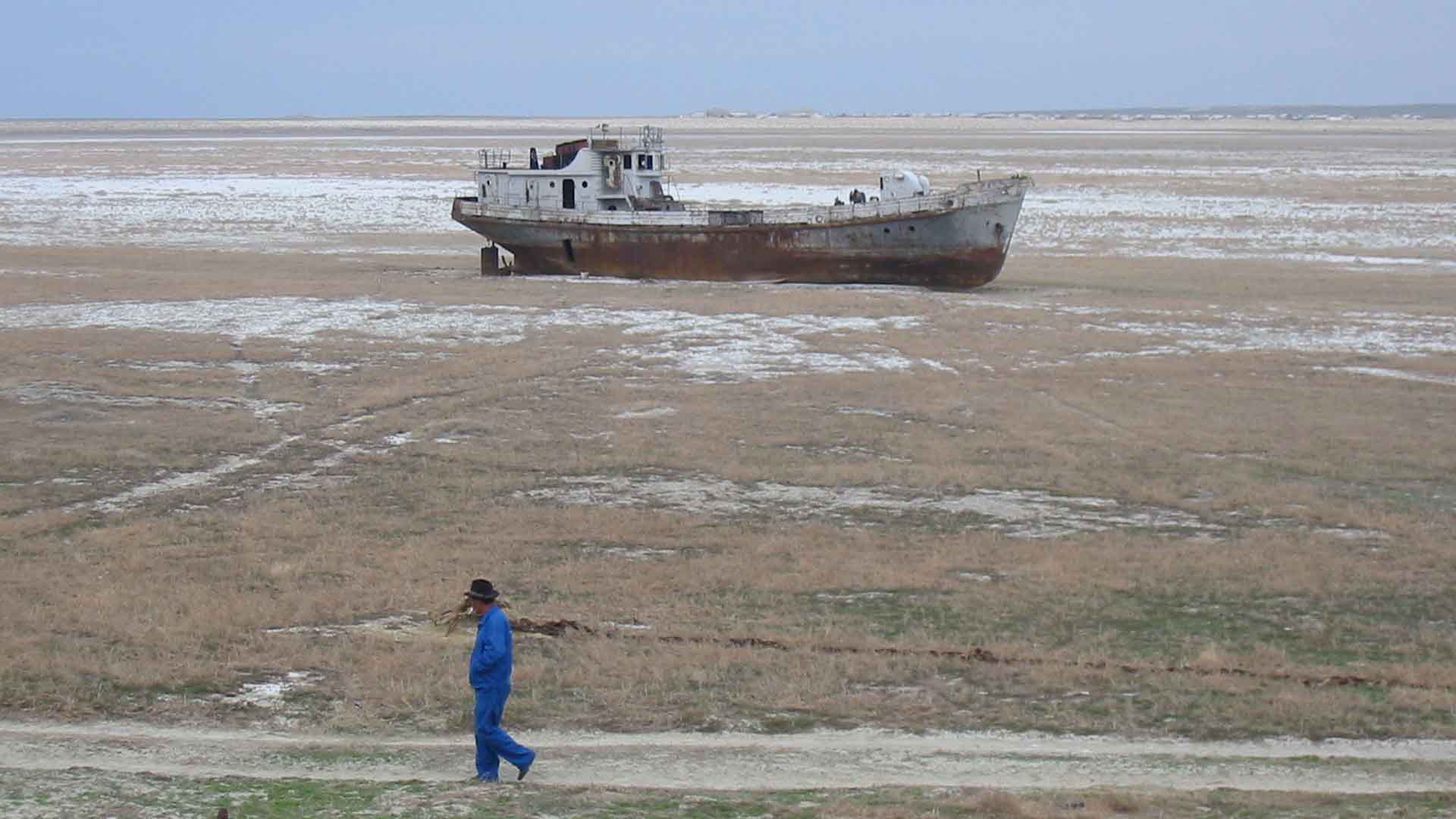
Source: Staecker/Wikipedia
Efforts to restore the Aral Sea involve redirecting water flow and promoting sustainable water management practices (via USAID).
Lake Chad, Africa
Lake Chad, once one of Africa’s largest lakes, has experienced significant shrinkage primarily due to climate change, population growth, and unsustainable water use (via Scientific Reports).
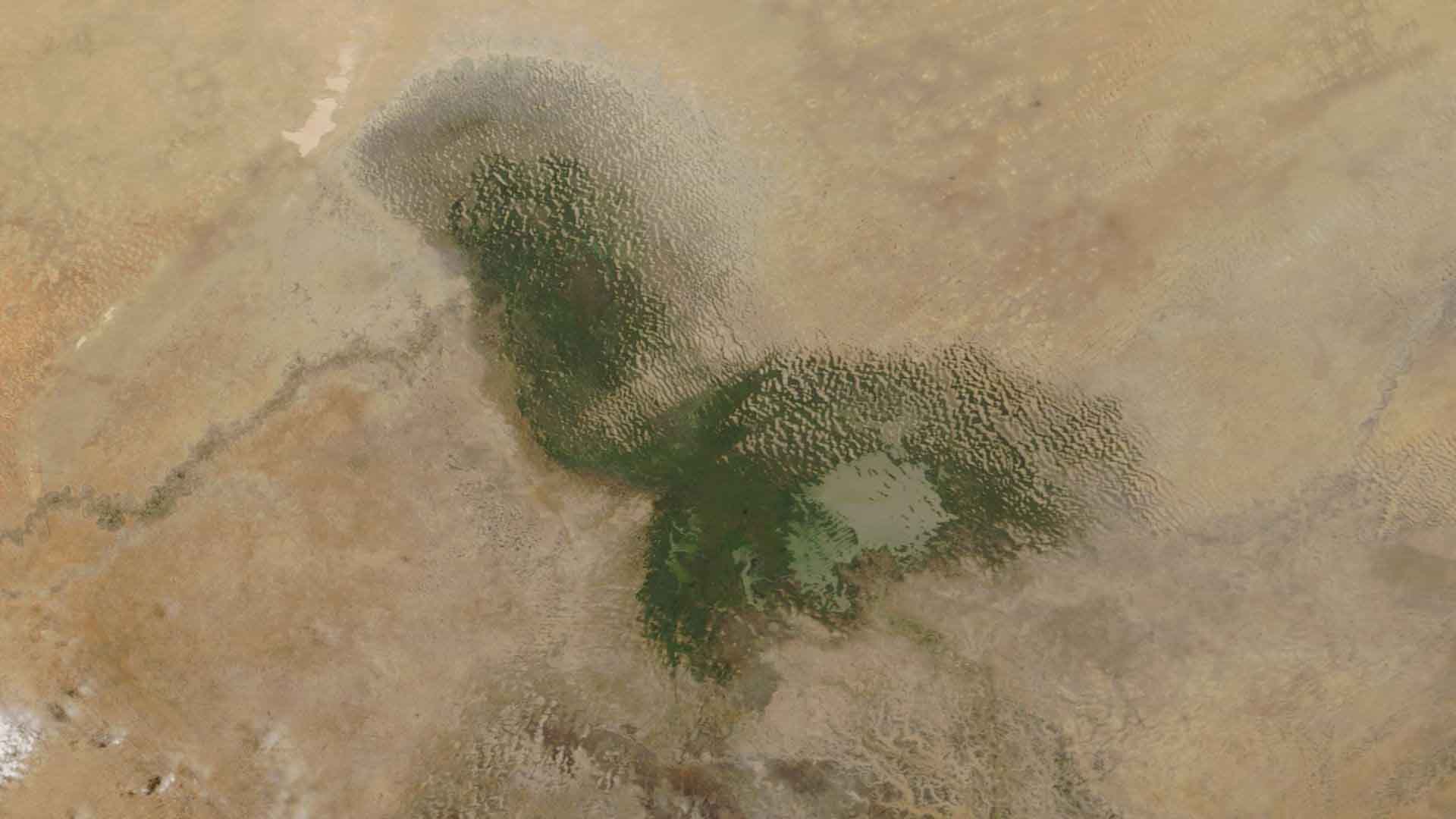
Source: Jeff Schmaltz/Wikipedia
This has led to environmental degradation, loss of biodiversity, and socio-economic challenges for the millions of people who depend on the lake for their livelihoods.
Technological Monitoring of Lakes
Advancements in satellite imagery and remote sensing technologies have revolutionized the monitoring of lakes worldwide (via Ecological Indicators).
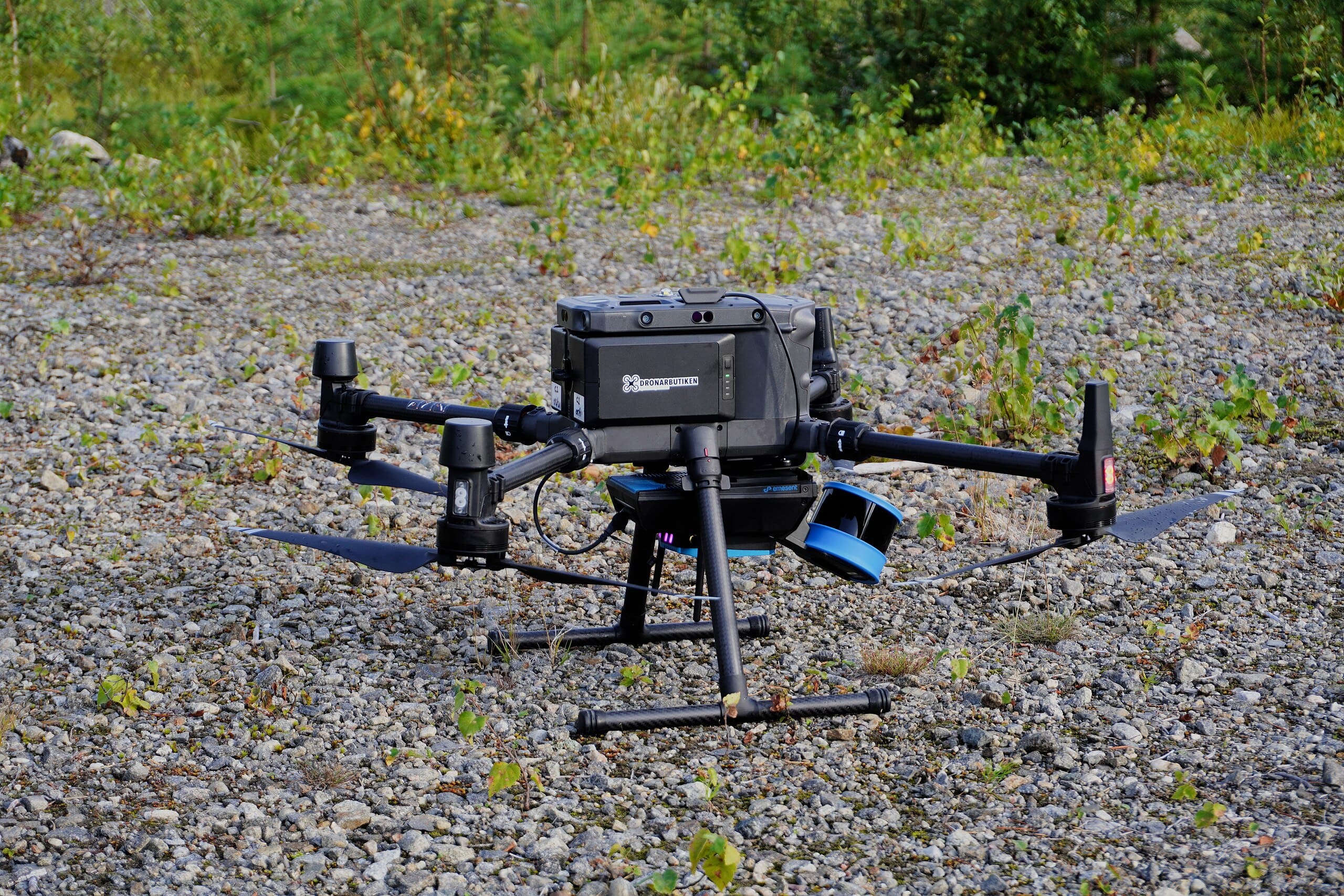
Jonte/Wikimedia Commons
These tools provide real-time data on lake levels, water quality, and environmental changes, enabling scientists and policymakers to make informed decisions regarding lake management and conservation efforts.
Impact of Climate Change on Lakes
Climate change poses significant threats to lakes globally, leading to altered precipitation patterns, rising temperatures, and increased evaporation rates.
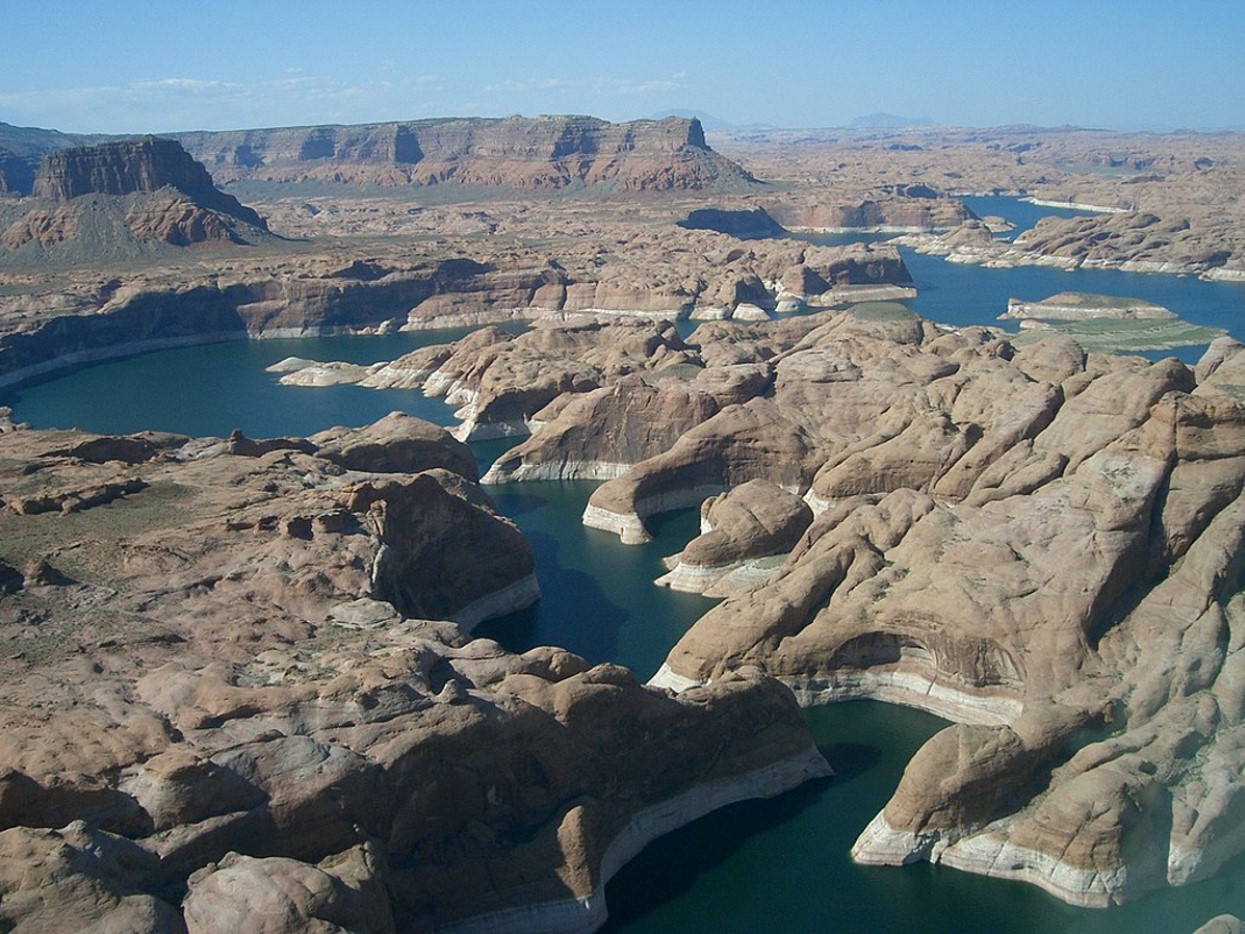
Source: Wikipedia
These changes can result in fluctuating water levels, habitat loss, and shifts in ecosystem dynamics, affecting both human communities and wildlife populations that rely on lakes for sustenance and everyday living.
Hydrological Models and Predictions
Hydrological models utilize complex algorithms and data inputs to simulate the behavior of lakes under various climate scenarios.
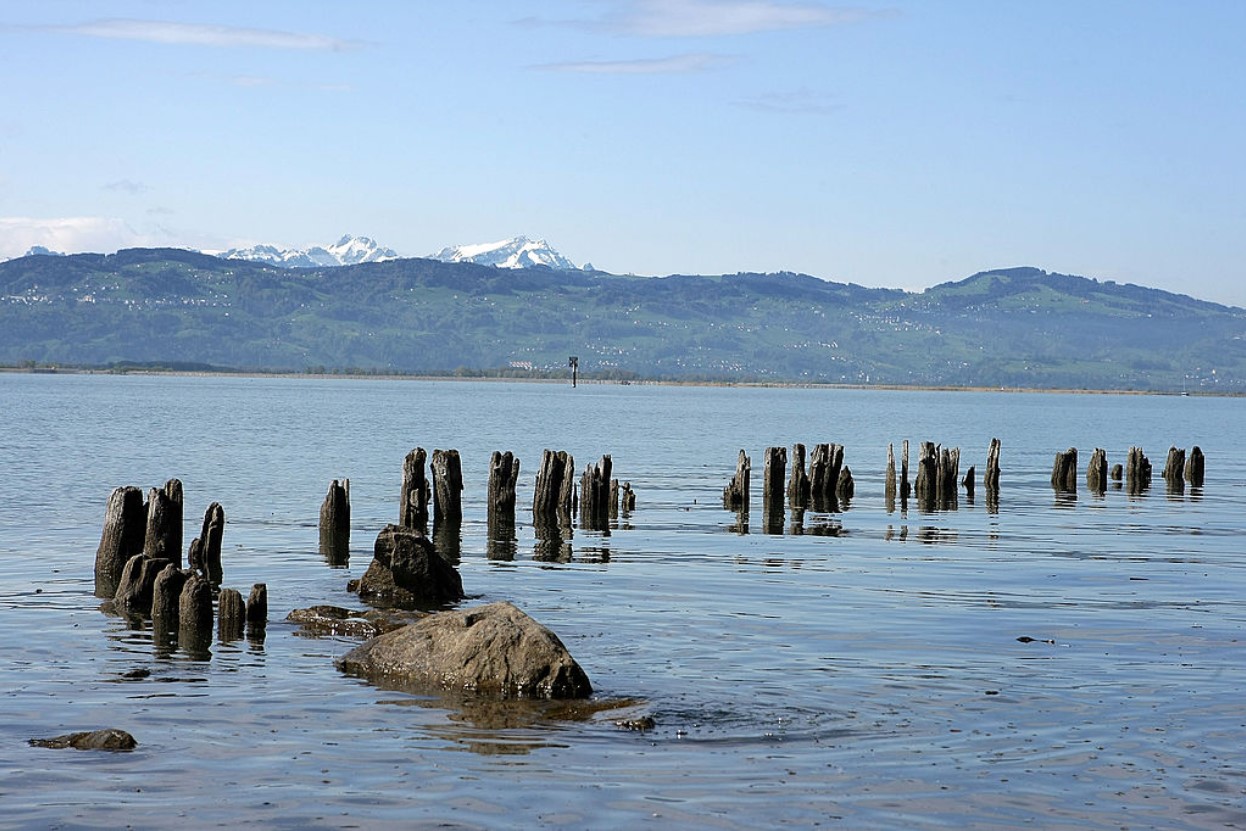
Source: Thomas Niedermueller/Getty Images
By integrating factors such as precipitation, temperature, and land use changes, these models can forecast future lake levels and inform adaptive management strategies to mitigate the impacts of climate change on freshwater resources (via USGS).
Revival Techniques in Hydrology
Engineered and environmental interventions are often employed to revive and sustain lakes facing depletion (via WIREs Water).

Source: Wikimedia Commons
These techniques may include artificial recharge methods, such as diverting excess water from rivers or implementing rainwater harvesting systems, as well as ecosystem restoration projects aimed at improving water quality and habitat conditions.
Lake Urmia, Iran
Lake Urmia, one of the world’s largest saltwater lakes, has experienced dramatic declines in water level and salinity due to water diversions and climate change.
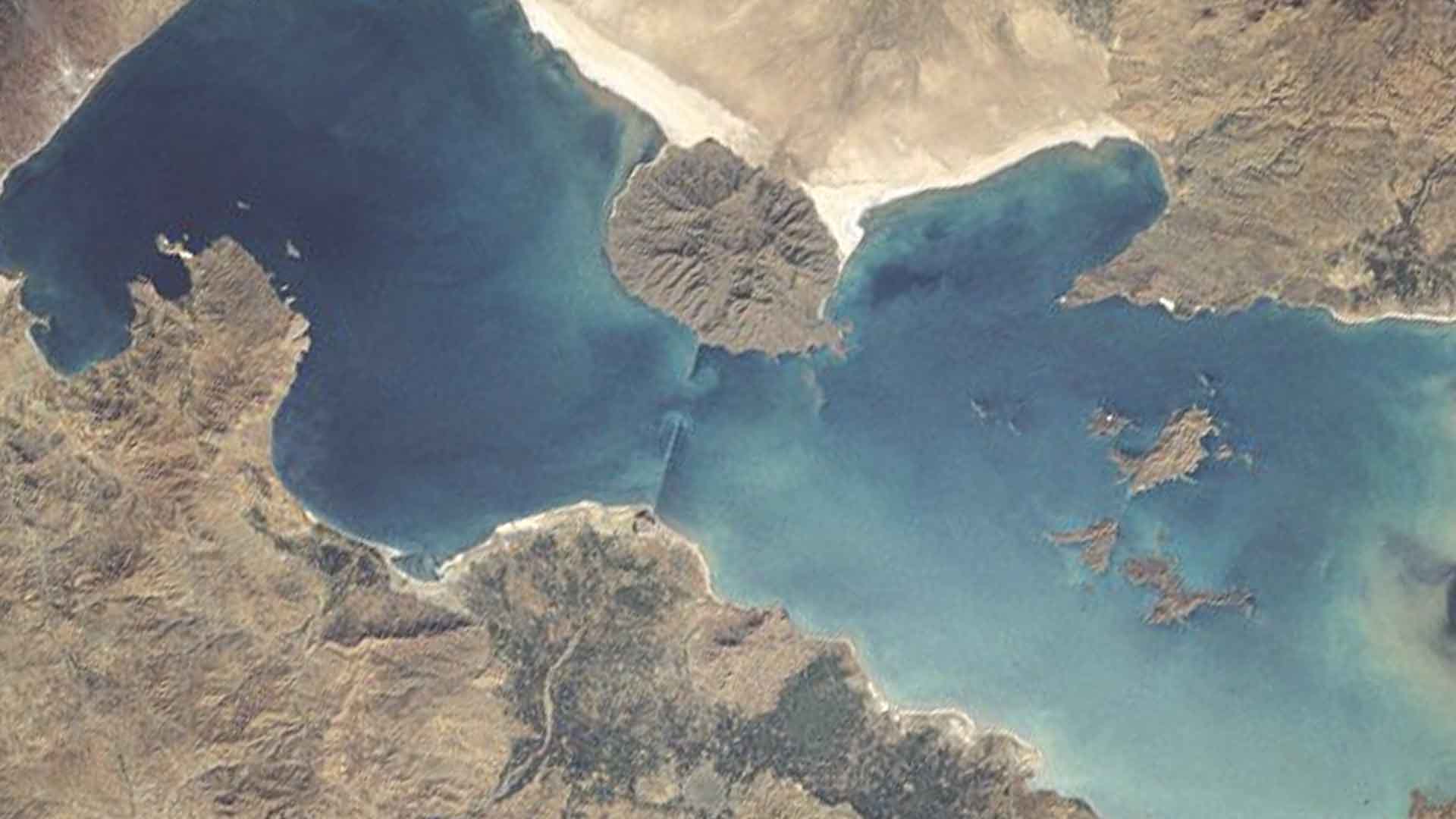
Source: NASA/Wikipedia
Restoration efforts involve constructing dams, promoting water-saving practices in agriculture, and engaging local communities in conservation initiatives to revitalize this vital ecosystem (via Forbes).
Community and Cultural Impacts
Disappearing and reappearing lakes have profound impacts on local communities and cultural practices. Changes in lake levels can affect livelihoods, disrupt traditional fishing and agricultural practices, and alter cultural landscapes and heritage sites associated with the lake.
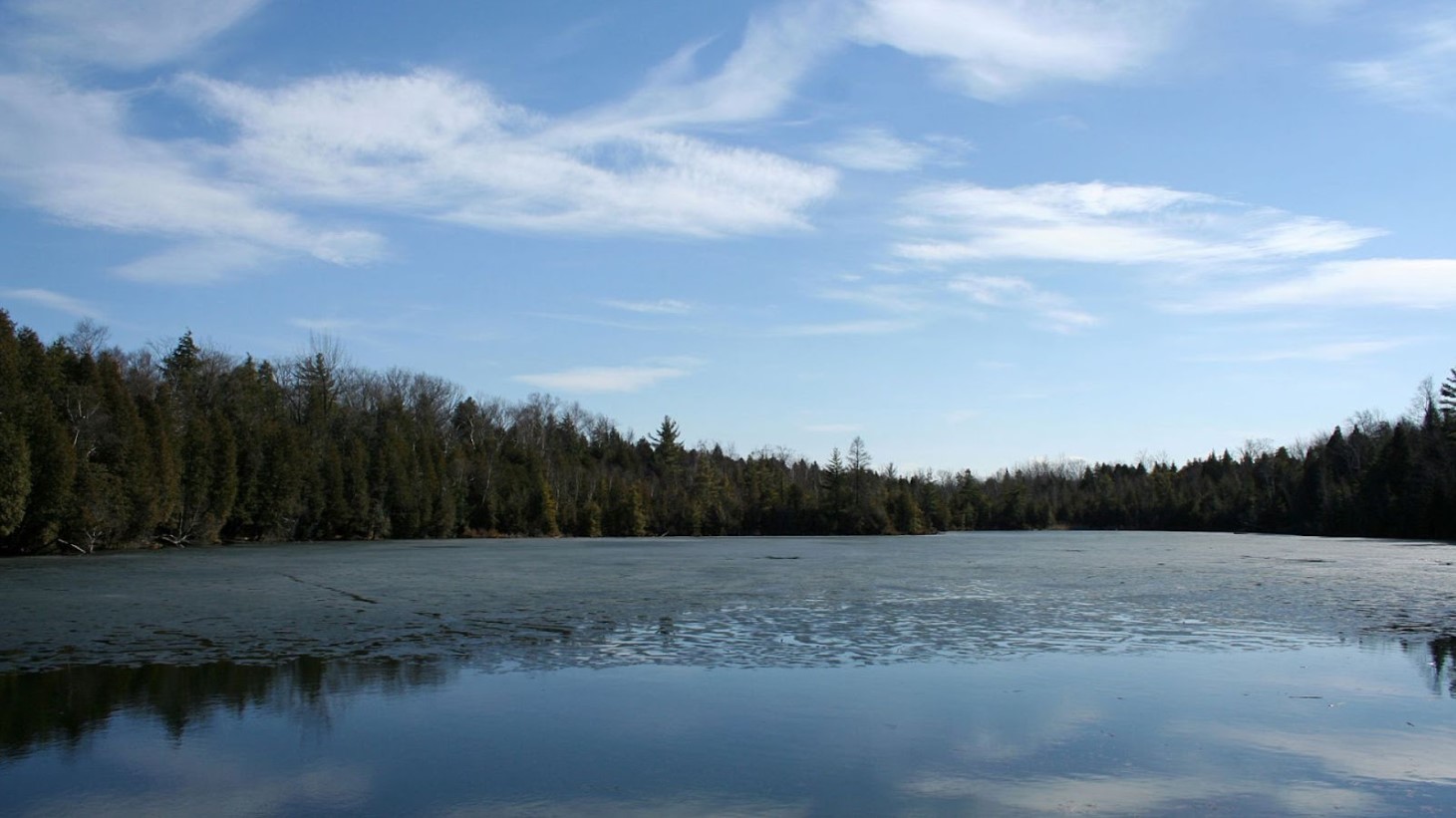
Source: Wikimedia Commons
It is crucial to involve affected communities in decision-making processes and incorporate their perspectives and knowledge into lake management strategies (via UNEP).
Water Management Policies
Effective water management policies are essential for addressing the challenges posed by disappearing and reappearing lakes. These policies should prioritize sustainable water use, ecosystem conservation, and equitable distribution of water resources among different stakeholders.
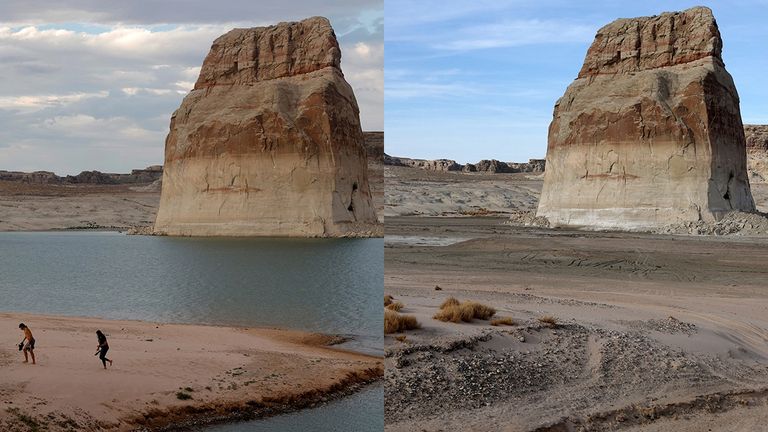
Source: Justin Sullivan/Getty Images
Collaborative governance frameworks involving local communities, governments, and international organizations are key to implementing and enforcing such policies effectively.
Lessons Learned from Global Experiences
Examining the experiences of disappearing and reappearing lakes worldwide provides valuable lessons for managing similar occurrences around the world.
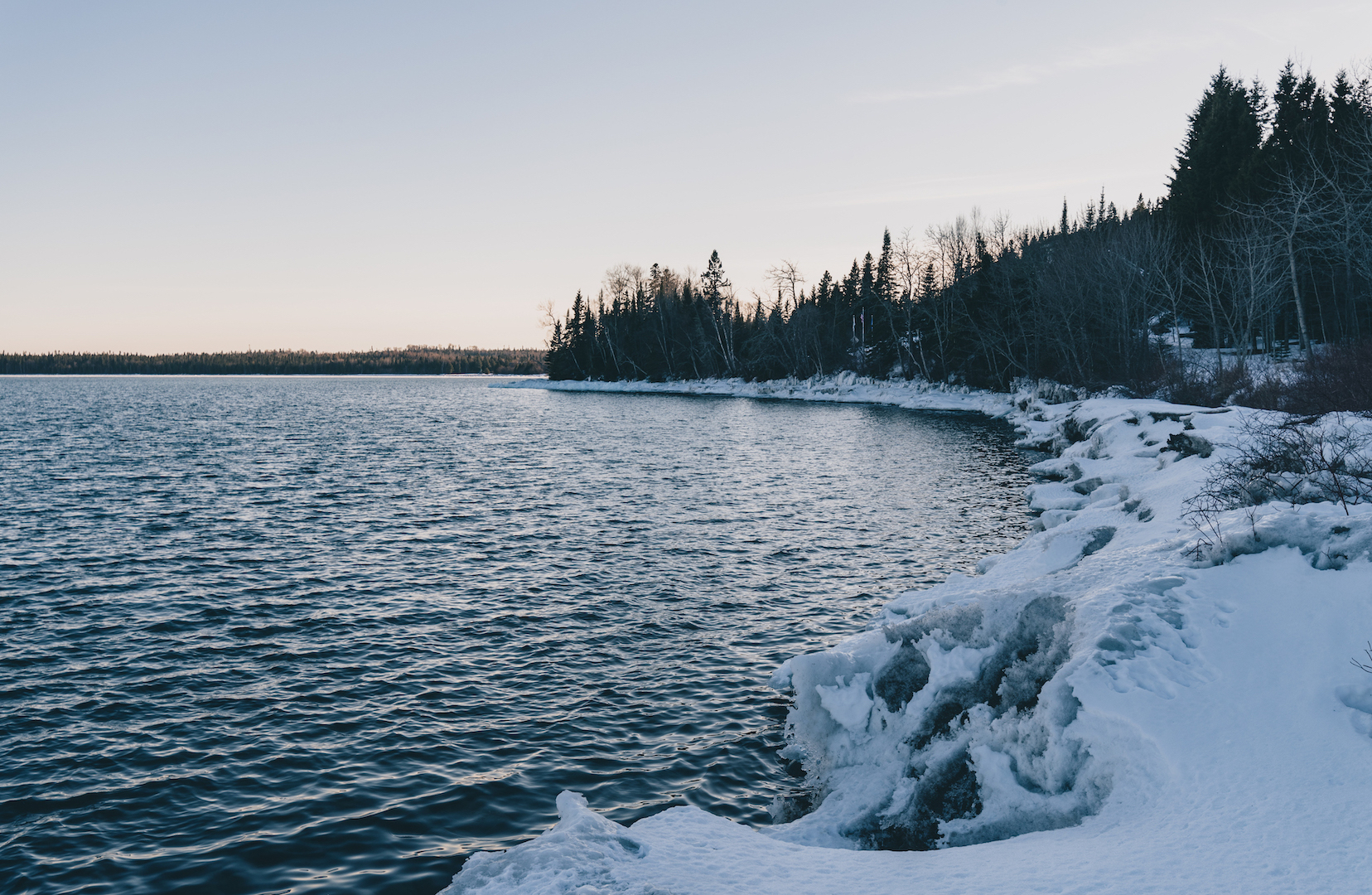
Source: Wikimedia Commons
Key insights include the importance of adaptive governance, interdisciplinary collaboration, and long-term planning in addressing the socio-environmental challenges associated with the ever-changing lake dynamics.
Future Outlook and Global Cooperation
The future outlook for disappearing and reappearing lakes hinges on global cooperation and concerted efforts to address underlying drivers such as climate change, unsustainable water use, and ecosystem degradation.

Source: Carol M. Highsmith's America Project, Library of Congress/GetArchive
By fostering international and local partnerships, sharing best practices, and mobilizing resources, the global community can work towards sustainable solutions that safeguard freshwater resources and promote resilience in the face of environmental change and global warming.
